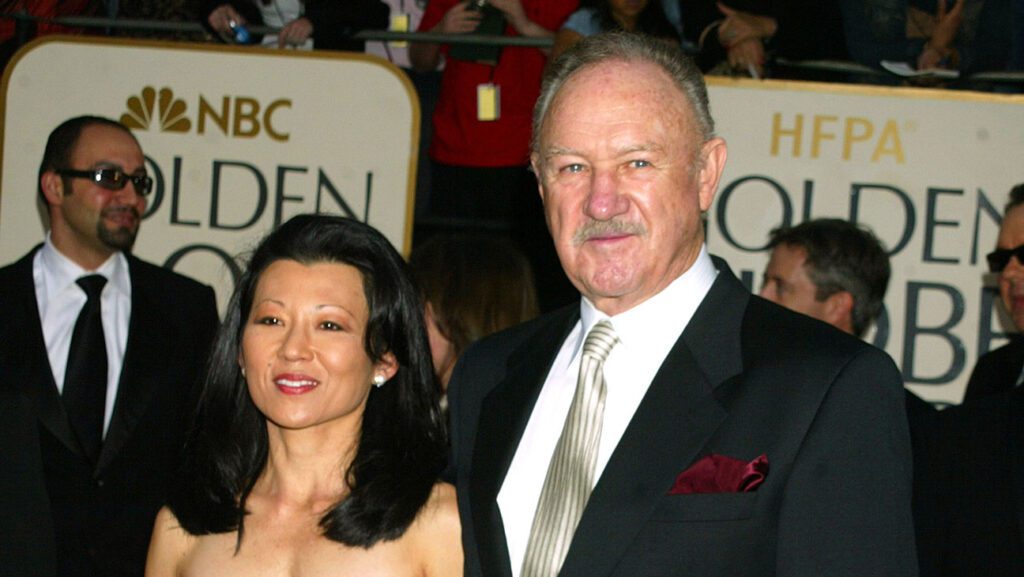Court Ruling Balances Privacy and Public Transparency in Hackman Case
A ruling from a Santa Fe judge has opened the door for the release of certain details surrounding the deaths of renowned actor Gene Hackman and his wife, Betsy Hackman, while also preserving their privacy in other aspects.
Key Outcomes of the Ruling
Judge Matthew Wilson of Santa Fe’s First Judicial District Court ruled that genetic information related to the couple’s deaths could be made public. However, he barred the release of images depicting their bodies in a state of decomposition. This decision arrived after a full day of hearings on Monday, where arguments were heard from both the Hackman family representatives and the county attorneys.
Legal Representatives and Arguments
The Hackman estate, represented by attorney Kurt Sommer, stressed the importance of protecting the couple’s privacy, contending that releasing images or explicit details from the autopsy report could be detrimental. Sommer asserted, “The names, likenesses, and images of Gene and Betsy Hackman are valuable and need to be protected.” He argued that the media has sought to exploit their personal lives for profit.
Conversely, Santa Fe County’s legal expert, Walker Boyd, argued for transparency in government operations, stating that privacy rights claimed by the estate were not valid under current state law. He pointed out that public figures do not typically hold the same privacy rights after their deaths, referring to the ruling as “very rare.”
Background on the Tragic Discovery
Gene and Betsy Hackman were discovered deceased in their home during a wellness check on February 26th. Autopsy reports revealed that Gene Hackman, 93, suffered from severe cardiovascular disease and Alzheimer’s disease, while Betsy Hackman, aged 72, had succumbed to Hantavirus pulmonary syndrome. Both individuals had chosen to lead a quieter life away from the Hollywood spotlight since their retirement in 2004.
Implications of the Ruling
The case highlights ongoing tensions between the need for public information and the right to privacy. The judge’s ruling allows for the release of edited police body camera footage and documents, whereas certain protections remain in place regarding the couple’s identities and the nature of their deaths. This situation underscores a significant point of contention: whether post-mortem privacy rights are sufficiently recognized under the law.
Reactions from Media Outlets
News organizations including the Associated Press and CBS News have intervened in the case, seeking access to records related to the deaths, arguing that there is a substantial public interest in understanding how the investigation was handled. Their attorney, Gregory P. Williams, emphasized the need for transparency, stating, “It certainly has a public interest in knowing how their deaths were investigated and how it was handled.”
Conclusion
The court’s decision illustrates the complex interplay between individual privacy and public accountability. As the legal proceedings continue, the fate of additional documents and details rests in the hands of the judicial system, with both sides advocating passionately for their respective positions.


